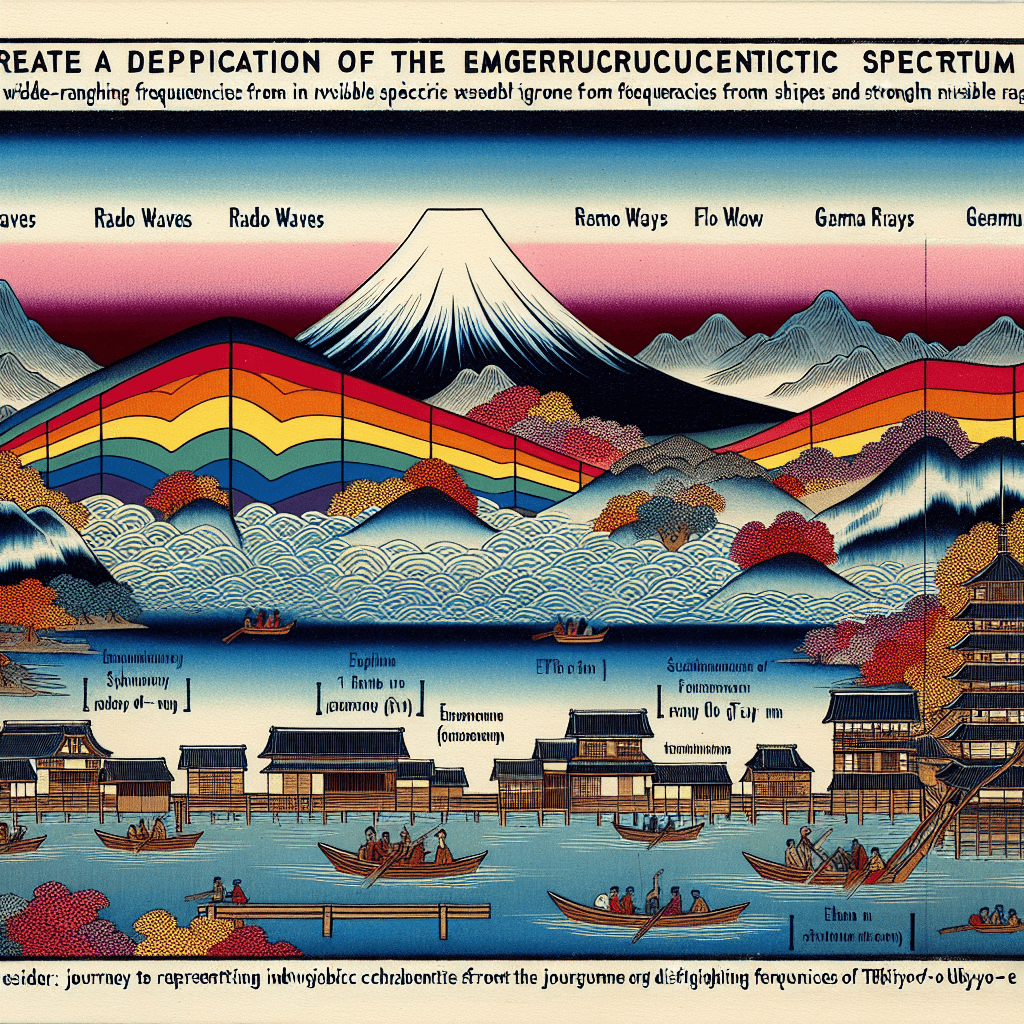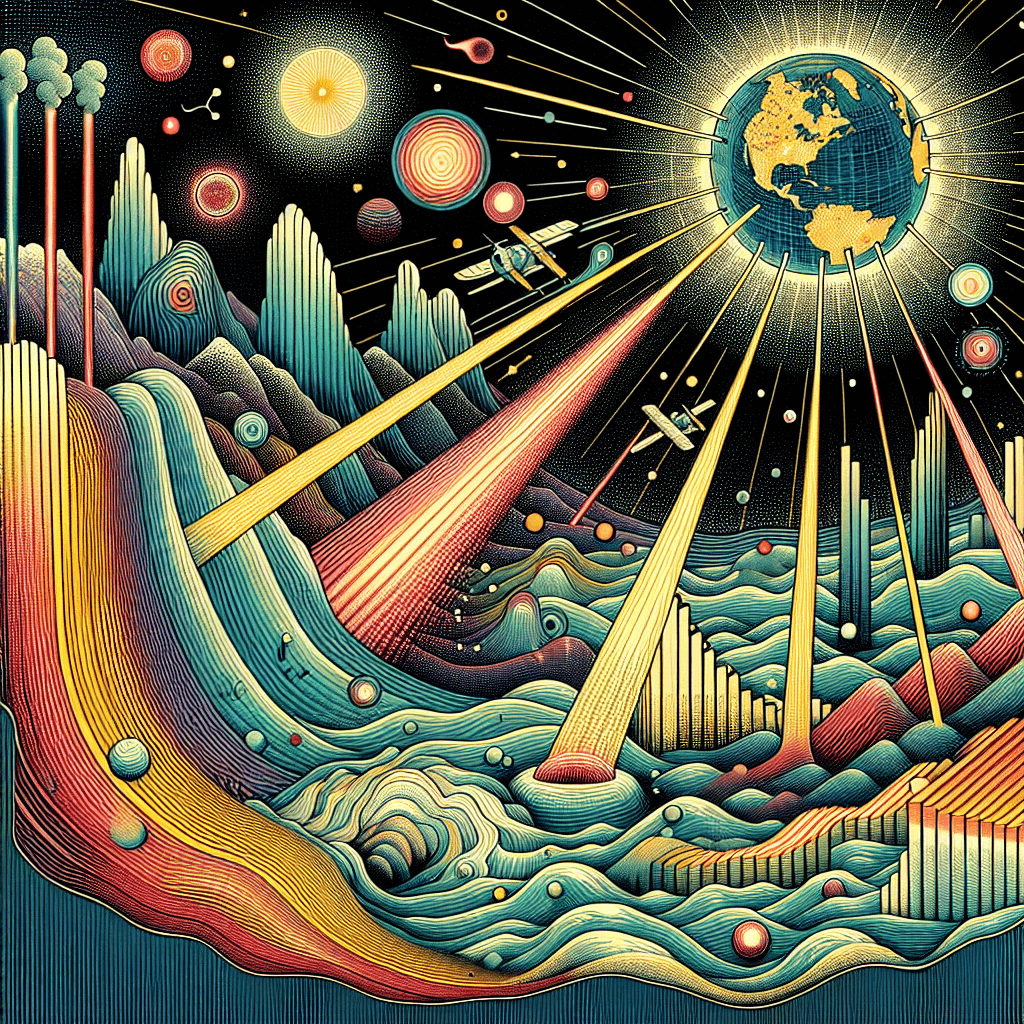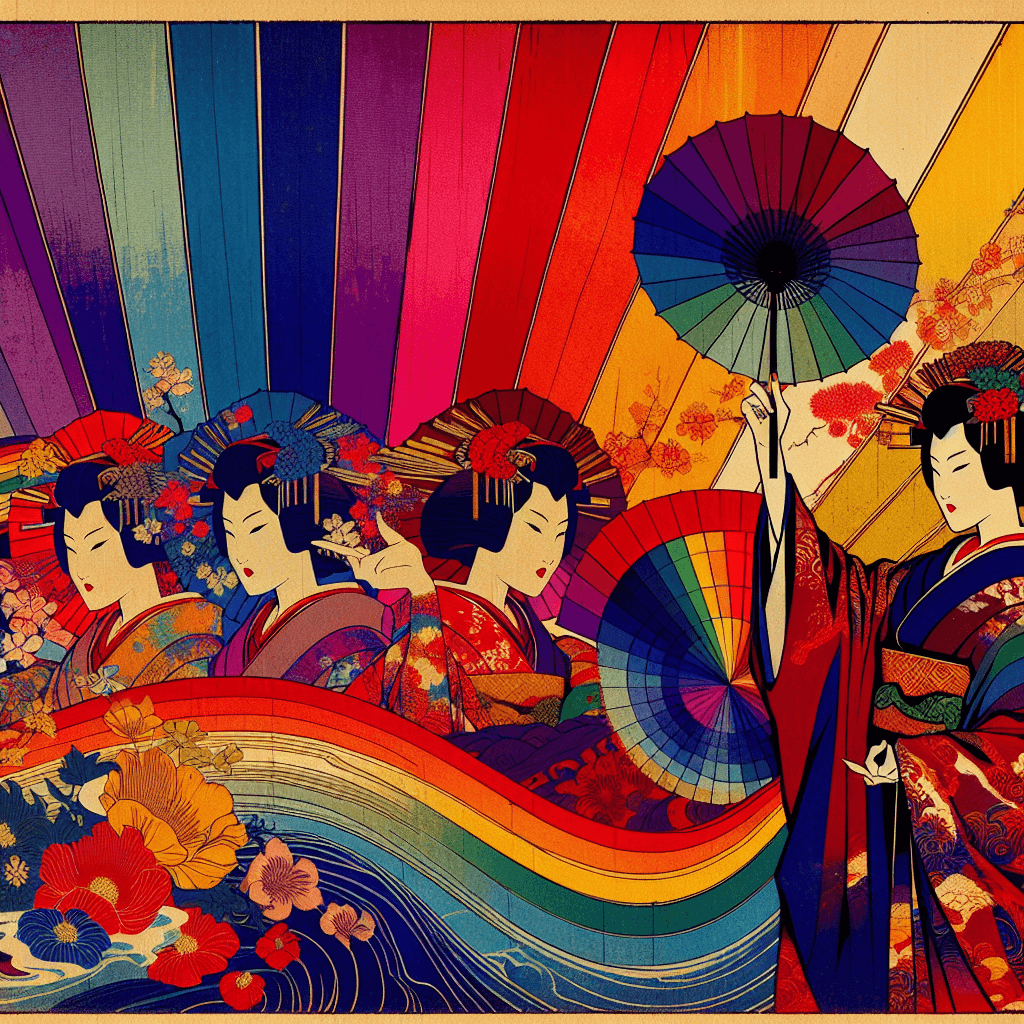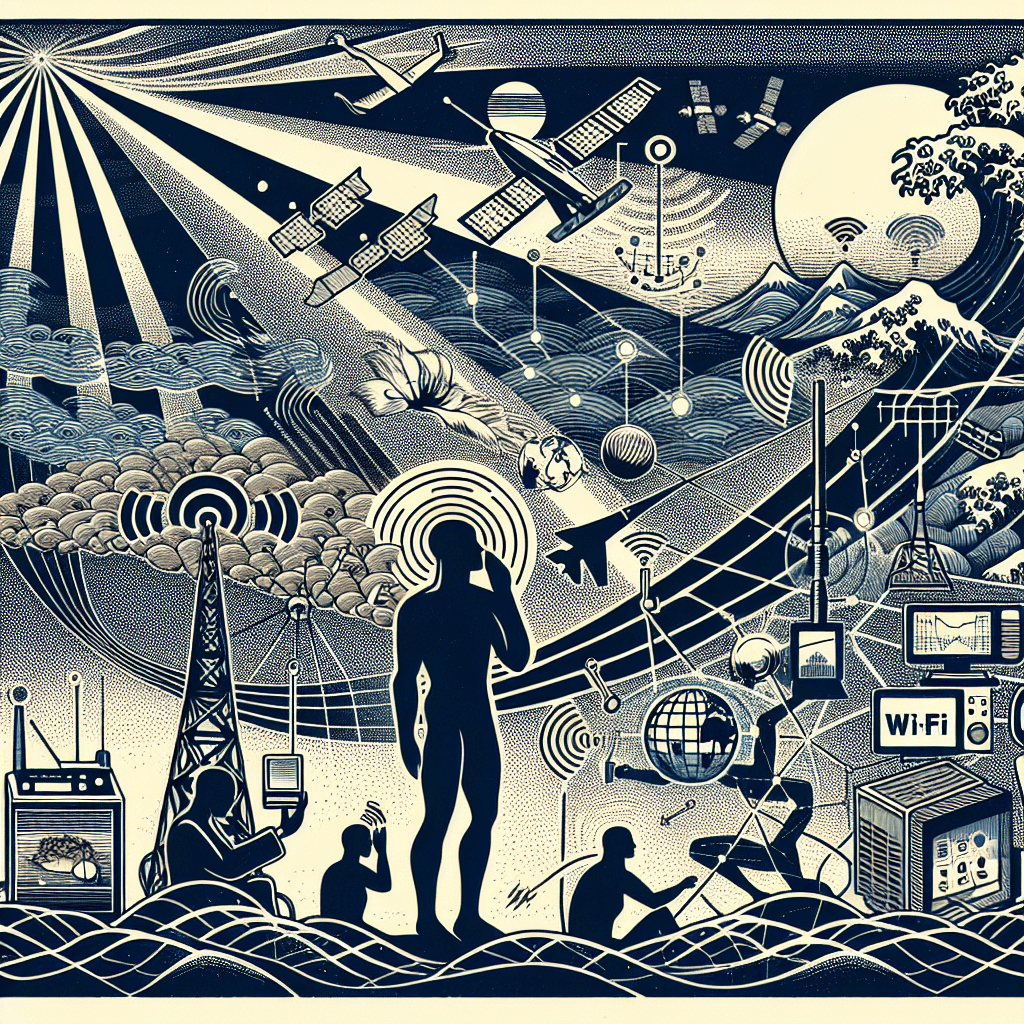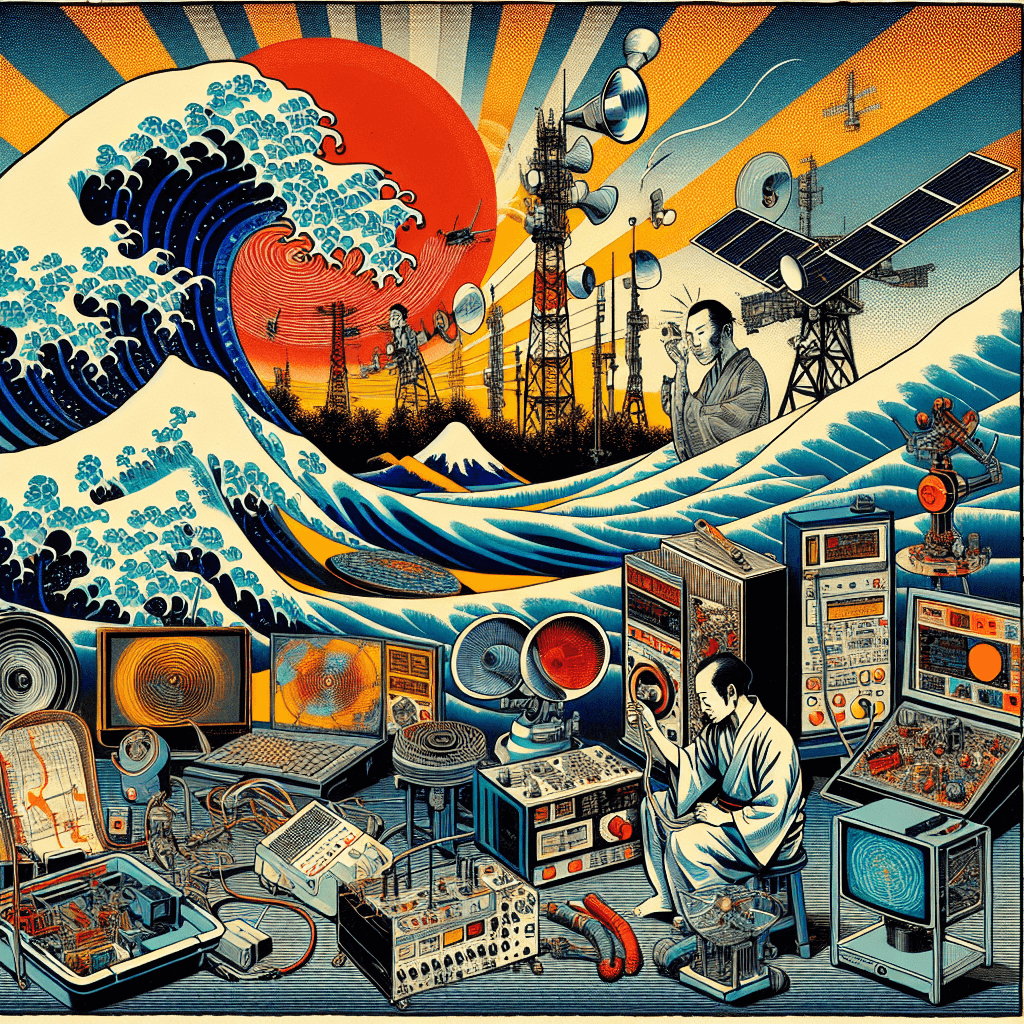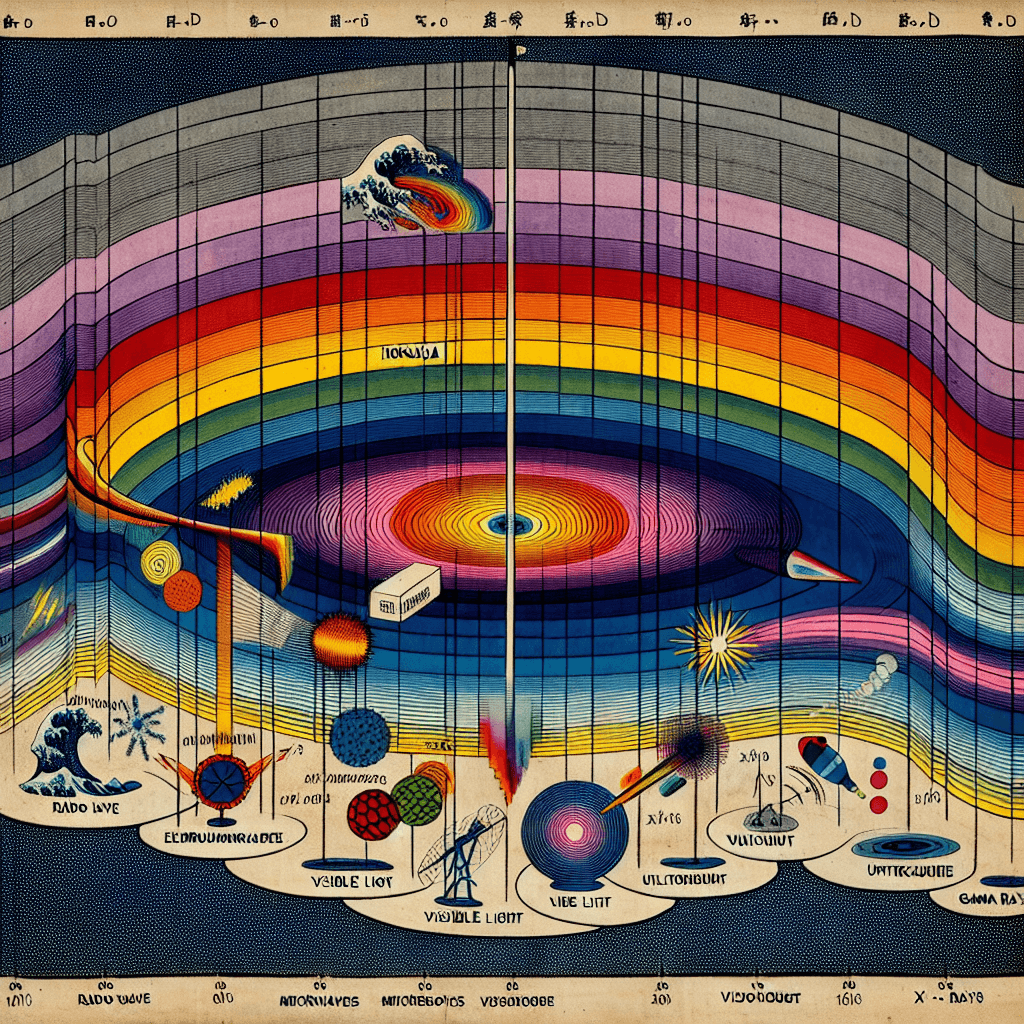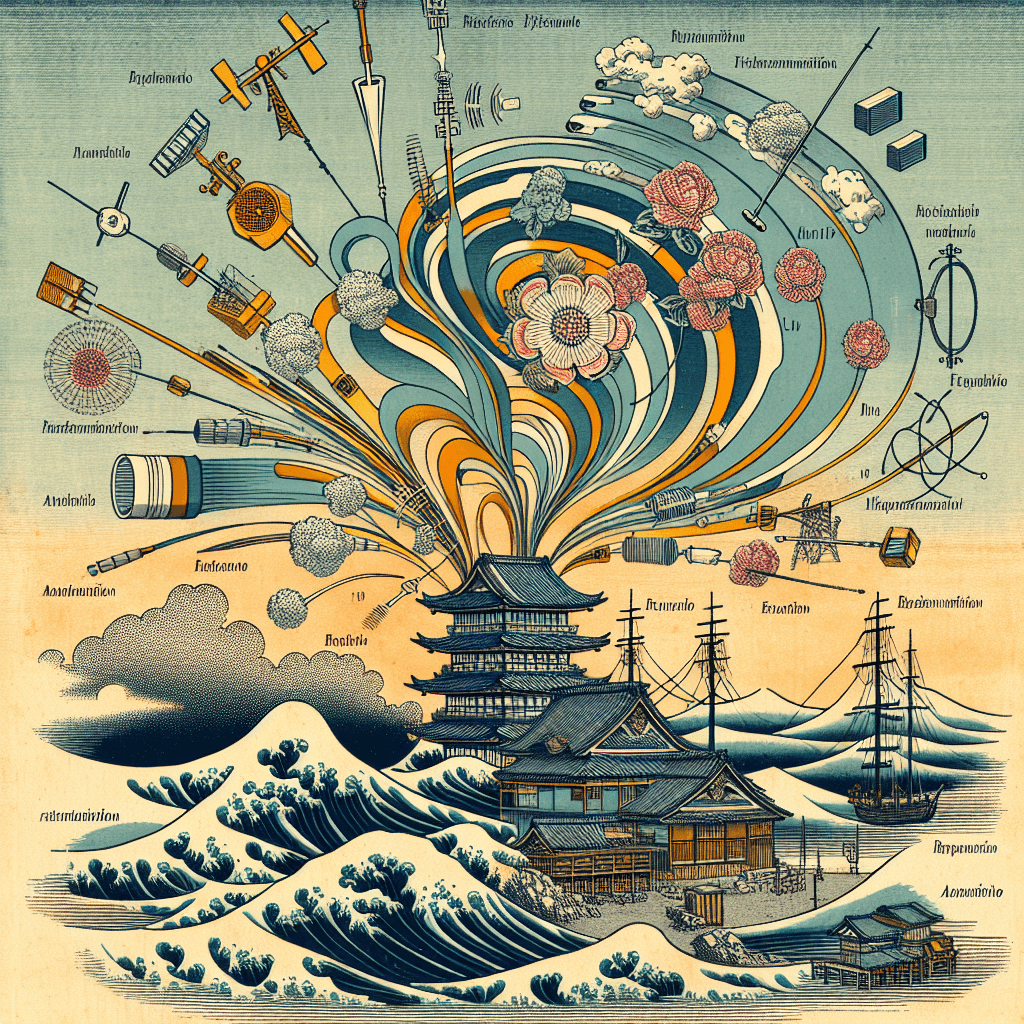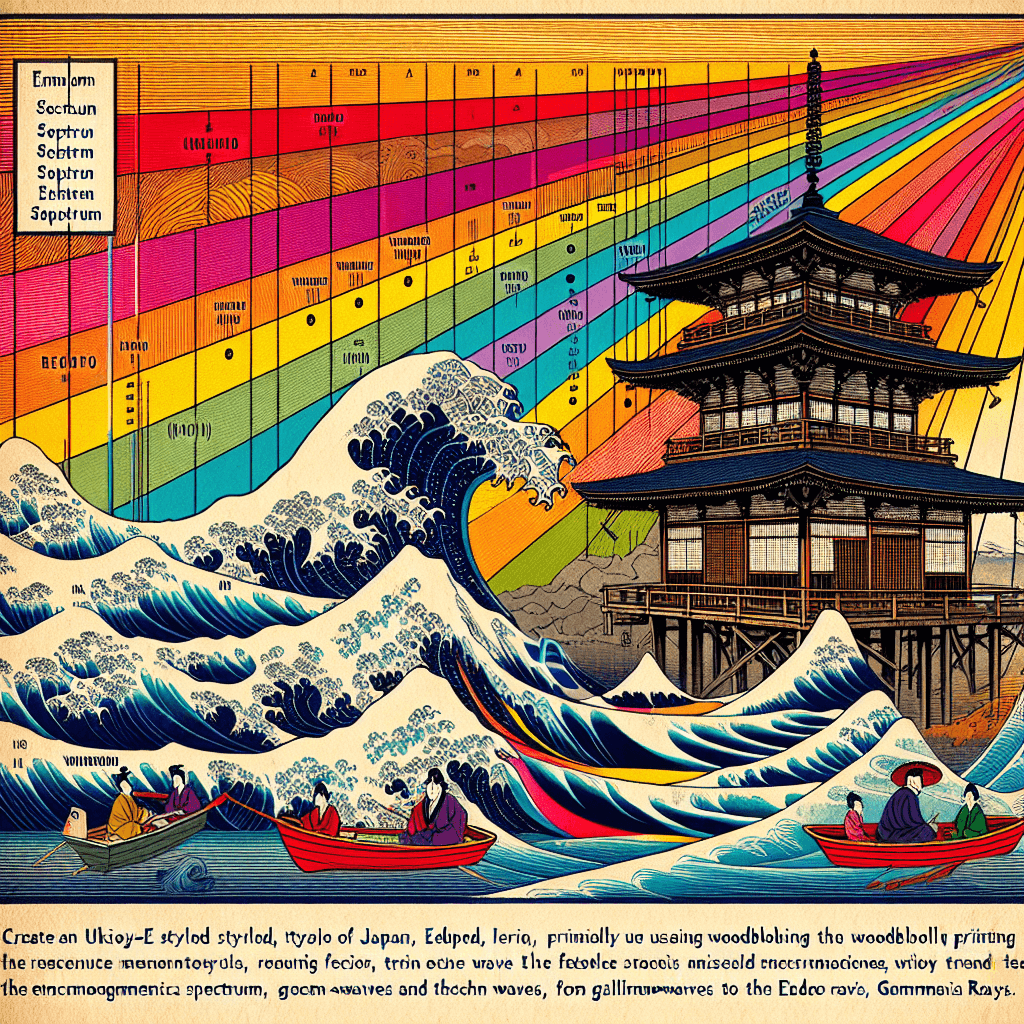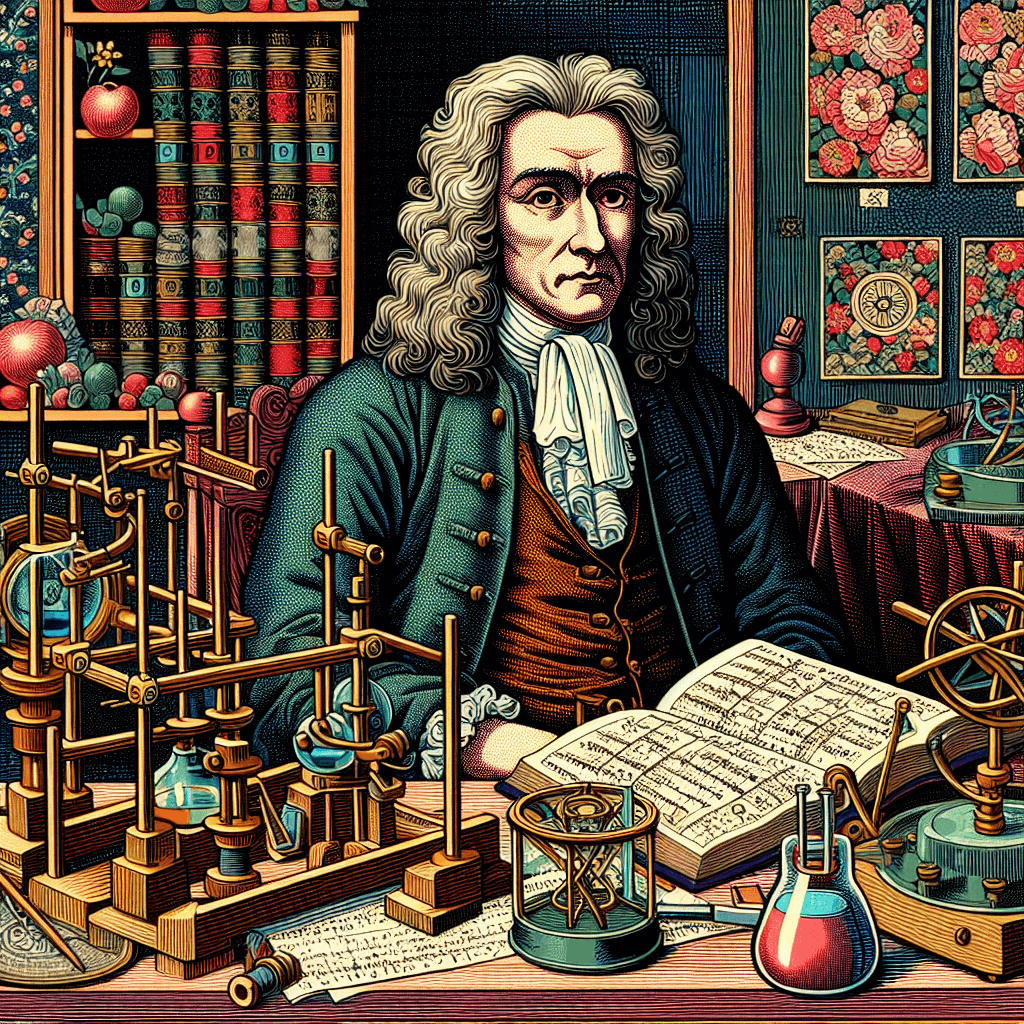Visible Light: The Spectrum We See
syndu | Sept. 5, 2024, 10:48 a.m.
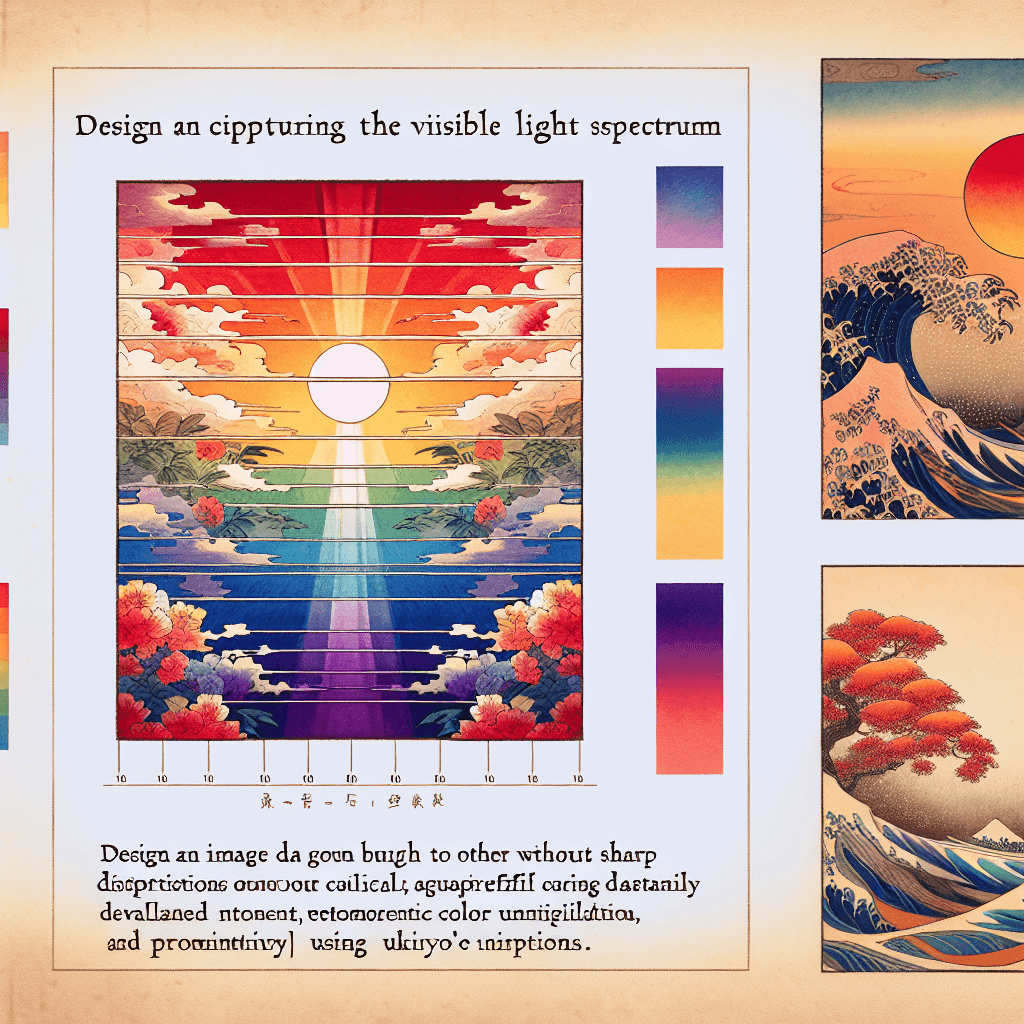
Visible Light: The Spectrum We See
Introduction
As we continue our journey through the electromagnetic spectrum, we arrive at visible light, the segment that is most familiar to us. Visible light is the portion of the spectrum that human eyes can detect, and it plays a crucial role in our daily lives. This post will explore the discovery, properties, and applications of visible light, providing a comprehensive understanding of its significance.
Discovery and History
The study of visible light dates back to ancient civilizations, but significant advancements were made during the Renaissance. One of the key figures in the study of light was Sir Isaac Newton. In the 1660s, Newton conducted experiments with prisms and demonstrated that white light could be split into a spectrum of colors. This discovery laid the foundation for the field of optics and our understanding of visible light.
Scientific Principles
Visible light is a form of electromagnetic radiation with wavelengths ranging from approximately 380 to 750 nanometers. It occupies a small portion of the electromagnetic spectrum, situated between ultraviolet and infrared radiation. The different wavelengths within this range correspond to different colors, from violet (shortest wavelength) to red (longest wavelength).
The perception of color is a result of the interaction between light and the photoreceptor cells in our eyes. These cells, known as cones, are sensitive to different wavelengths of light, allowing us to perceive a wide range of colors.
Properties of Visible Light
- Wavelength and Frequency:
- Visible light has wavelengths between 380 and 750 nanometers.
- The frequency of visible light ranges from approximately 400 to 790 terahertz (THz).
- Speed:
- In a vacuum, visible light travels at a speed of approximately 299,792 kilometers per second (km/s), commonly referred to as the speed of light.
- Reflection and Refraction:
- Visible light can be reflected, refracted, and dispersed. These properties are the basis for many optical phenomena, such as rainbows and the functioning of lenses.
Practical Applications
Visible light has a wide range of applications that have transformed various fields:
- Vision:
The most fundamental application of visible light is vision. It enables us to perceive the world around us, distinguishing colors, shapes, and movements.
- Communication:
Visible light is used in optical communication technologies, such as fiber optics. These systems transmit data as light pulses, enabling high-speed internet and telecommunications.
- Medical Applications:
Visible light is used in various medical imaging techniques, such as endoscopy and microscopy. These technologies allow doctors to visualize internal structures and diagnose conditions.
- Photography and Imaging:
Cameras and imaging devices rely on visible light to capture photographs and videos. Advances in digital imaging have revolutionized fields such as photography, filmmaking, and scientific research.
- Lighting:
Artificial lighting, including incandescent bulbs, fluorescent lamps, and LEDs, relies on visible light to illuminate spaces. Efficient lighting technologies have improved energy consumption and quality of life.
Impact on Science and Technology
"The impact of visible light on science and technology is profound."
It has enabled significant advancements in fields such as astronomy, where telescopes use visible light to observe celestial objects. In biology, visible light microscopy has provided insights into cellular structures and processes. The study of light has also led to the development of various optical instruments and technologies that are integral to modern life.
Conclusion
Visible light is the spectrum we see, and its significance extends far beyond mere perception. From enabling vision to revolutionizing communication and medical imaging, visible light plays a crucial role in our daily lives and scientific endeavors. As we continue our exploration of the electromagnetic spectrum, we reflect on the incredible journey through the waves that shape our world.
Next Steps:
- Review and edit the draft for coherence, accuracy, and engagement.
- Incorporate any specific preferences or additional topics if requested.
- Finalize and publish the post, ensuring it is informative and enjoyable for the readers.
Additional Notes:
If you have any specific preferences or additional topics you’d like us to cover, please let us know. We’re here to make this journey as enlightening and enjoyable as possible.

